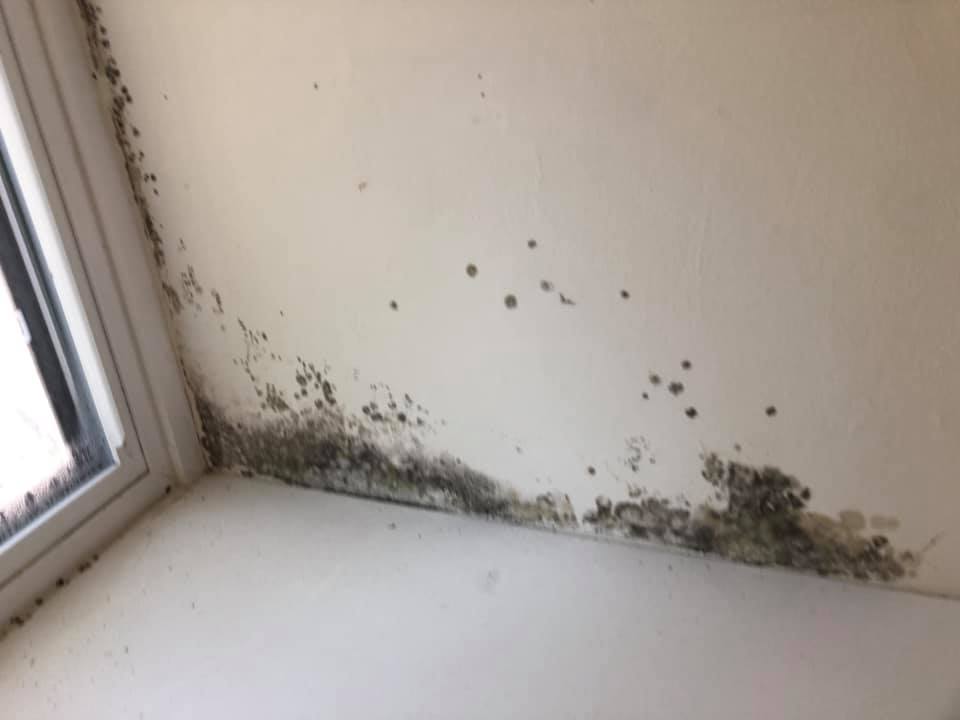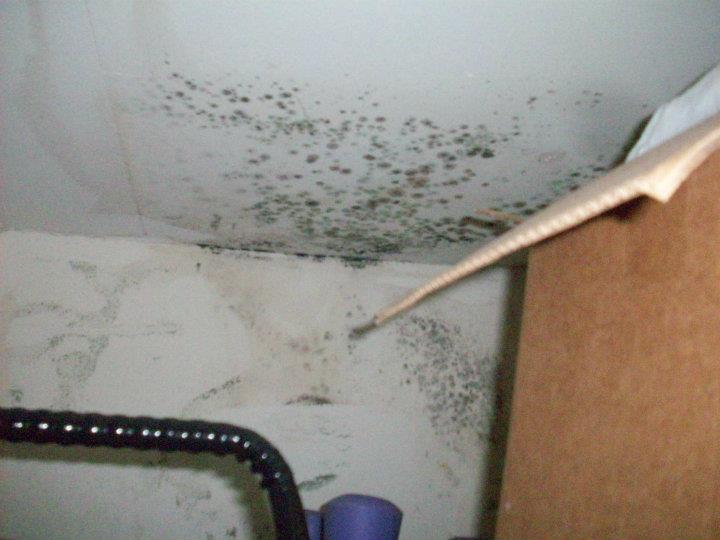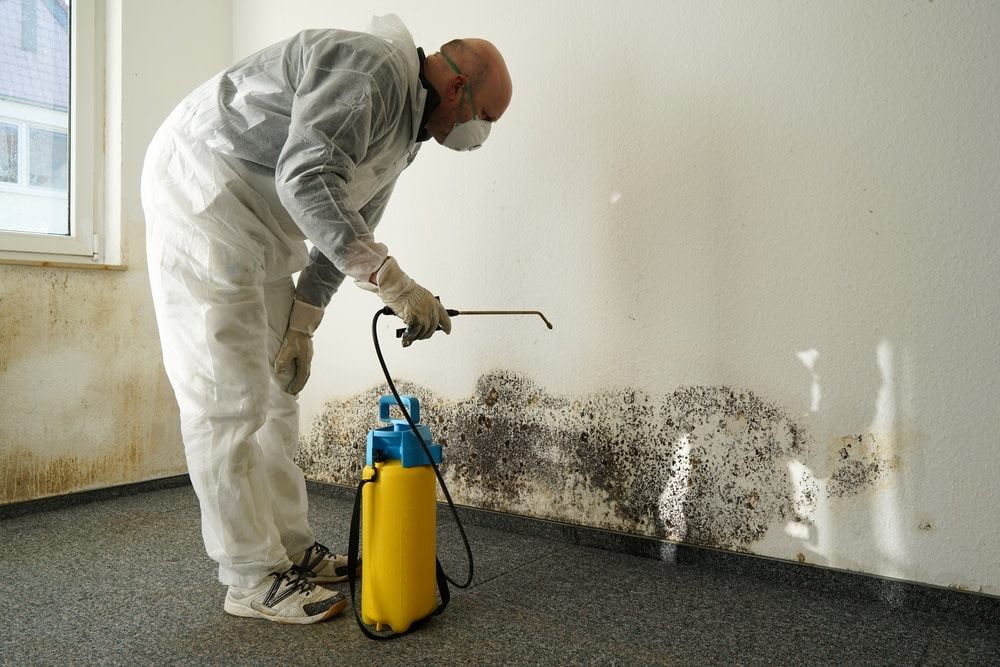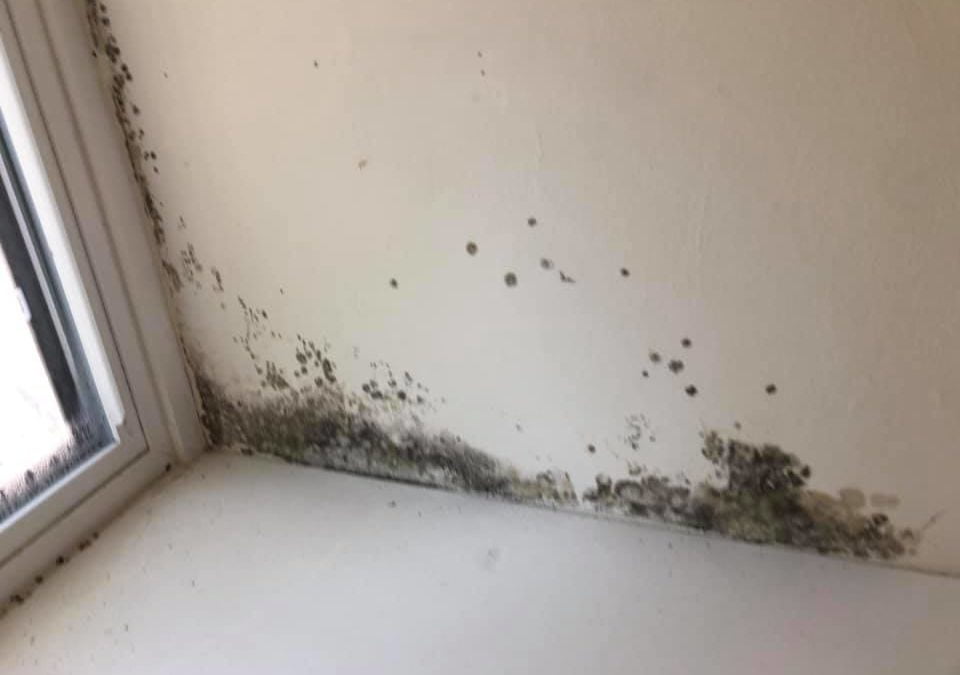What Kills Mold? Effective Solutions for a Healthier Home
Mold in homes is more than just an unsightly nuisance; it’s a silent invader that poses significant health risks. Understanding what kills mold not only improves your living environment but also safeguards your family’s health. This guide will explore the science behind mold, how to identify it, and effective strategies to keep it at bay—all while introducing expert help from Terry’s Cleaning & Restoration.
Understanding Mold
- What is Mold? Mold is a type of fungus that thrives in moist environments. It spreads through tiny spores that can be airborne, making it pervasive and difficult to control. Mold typically grows on organic materials like wood, fabric, and paper, wherever moisture is present. Understanding its nature helps homeowners recognize how easily mold can become a problem in domestic spaces.
- The Lifecycle of Mold: The lifecycle of mold begins with spores that are invisible to the naked eye. These spores can settle on surfaces and, given the right conditions—humidity, warmth, and a food source like organic material—they germinate. Within 24 to 48 hours, mold can start to grow and become visible, quickly colonizing if not addressed promptly. This rapid growth cycle underscores the necessity for immediate action when mold is spotted.
- Common Types of Household Mold: Household molds come in various forms, each with its own risks. Aspergillus is a common indoor mold that can cause allergic reactions. Penicillium, recognizable by its blue or green hue, can lead to respiratory issues. Stachybotrys, often referred to as “black mold,” is notorious for its potential health hazards, including severe respiratory problems. Identifying these molds is crucial for taking appropriate measures.

What is Mold
Health Implications
- Respiratory Issues and Allergies: Exposure to mold can exacerbate respiratory conditions such as asthma and lead to persistent coughing and wheezing. Allergic reactions are common, causing symptoms like sneezing, sore throats, and itchy eyes. These effects can be more severe in individuals with pre-existing respiratory conditions or compromised immune systems.
- Long-term Health Effects: Long-term exposure to mold can lead to chronic health problems. Prolonged inhalation of mold spores can result in severe respiratory infections and even impact neurological health. Understanding these risks emphasizes the importance of addressing mold issues as soon as they are detected.
- Children and the Elderly: Children and the elderly are particularly vulnerable to mold-related health issues. Young children, with developing immune systems, and older adults, potentially with weakened systems, may experience more pronounced symptoms and complications. Ensuring a mold-free environment is vital for protecting these sensitive groups.
Introducing Terry’s Cleaning & Restoration
- Expertise in Mold Removal: Terry’s Cleaning & Restoration brings years of expertise in mold remediation. With a dedicated team of professionals, they not only remove mold but also restore affected areas, ensuring that homes are safe and healthy. Their comprehensive approach addresses the root cause of mold growth, preventing future occurrences.
- Importance of Prompt Mold Remediation: Addressing mold issues promptly is crucial. Delays in treatment can lead to further growth, increased health risks, and costly damage to property. Terry’s emphasizes a rapid response to mold detection, offering assessments and tailored solutions to meet each client’s unique needs.
- Trustworthy Service and Community Focus: Terry’s Cleaning & Restoration prides itself on community trust and customer satisfaction. Their commitment to excellence ensures that every client receives top-quality service, helping to foster long-term relationships built on reliability and results.
The Science of Mold Growth
- Conditions Favoring Mold Growth: Mold growth is most prolific in environments where humidity levels exceed 60%, temperatures range between 77°F and 86°F, and there’s minimal airflow. Areas such as bathrooms, basements, and kitchens are typical hotspots due to frequent moisture exposure. Recognizing these conditions helps in creating preventative strategies.
- The Speed of Mold Proliferation: Mold can begin to develop within 24 hours of exposure to moisture, and within a few days, it can spread across surfaces. This rapid proliferation underscores the importance of vigilance and swift intervention to prevent extensive growth and damage.
- Impact of Humidity and Insulation: High humidity and poor insulation contribute significantly to mold growth. Inadequate ventilation allows moisture to accumulate, creating a perfect breeding ground for mold. Addressing these issues through improved insulation and ventilation can be key in preventing mold colonization.

Mold Growth
Identifying Mold in Your Home
- Visual and Olfactory Signs: Mold often presents visually as discoloration on walls, ceilings, or floors. It can appear in black, green, or white hues and may have a fuzzy texture. The presence of a musty odor is another strong indicator of mold, signaling possible hidden growth.
- Hidden Mold and Its Dangers: Mold can thrive unseen behind walls, under carpets, and in HVAC systems. This hidden mold can be particularly dangerous, as it may go unnoticed until significant damage has occurred. Regular inspections and maintenance can help uncover these hidden threats before they become severe.
- Evaluating DIY Mold Testing Kits: While DIY mold testing kits can provide initial insights, they often lack the comprehensiveness of professional assessments. For thorough and reliable results, engaging experts like Terry’s Cleaning & Restoration ensures accurate identification and effective remediation of mold issues.
Effective Mold Prevention Strategies
- Controlling Home Humidity: Maintaining home humidity levels below 60% is essential for mold prevention. Using dehumidifiers, ensuring good ventilation, and promptly addressing leaks can significantly reduce the risk of mold growth. Simple actions like using exhaust fans during showers and cooking can help keep humidity in check.
- Regular Home Maintenance: Consistent maintenance routines, including regular plumbing checks and roof inspections, can prevent leaks and water buildup. Addressing repairs promptly prevents moisture accumulation, eliminating one of mold’s primary growth factors. Routine cleaning and air circulation are also beneficial in mold prevention.
- Mold-Resistant Materials: Incorporating mold-resistant materials during renovations can offer long-term protection. Mold-resistant drywall, paints, and insulation are designed to inhibit mold growth, providing an added layer of defense against potential infestations.
Natural Solutions to Kill Mold
- Vinegar and Baking Soda: Vinegar and baking soda are effective natural solutions for mold removal. Vinegar’s acidity helps break down mold, while baking soda serves as a gentle abrasive to scrub surfaces clean. Applying vinegar directly to moldy areas and following up with a baking soda paste can remove light mold growth.
- Essential Oils: Essential oils like tea tree and eucalyptus oil possess antifungal properties that can combat mold. These oils can be mixed with water and sprayed onto affected areas as a preventative measure. Not only do they help kill mold, but they also leave a pleasant scent, enhancing your home’s atmosphere.
- Hydrogen Peroxide: Hydrogen peroxide is a potent mold disinfectant that can be used safely in homes. Mixing a solution of hydrogen peroxide with water and spraying it on moldy surfaces can effectively kill mold spores. It’s crucial to ensure proper ventilation and wear protective gear during application to minimize exposure.
Chemical Solutions for Mold Removal
- Commercial Mold Removal Products: Various commercial mold removal products are available, offering a range of chemical solutions. Options like bleach and fungicides can effectively eradicate mold but must be used with caution, as they can be harsh and emit strong odors.
- Reading Product Labels: Understanding mold removal product labels is essential for effective application. Labels provide important information on usage, safety precautions, and the specific types of mold the product targets. Reading these details ensures safe and effective mold remediation.
- Ensuring Safety During Use: Using chemical agents requires careful adherence to safety measures. Wearing protective gear, ensuring adequate ventilation, and following manufacturer instructions are crucial steps to protect yourself while eliminating mold.

Mold Remediation
The Professional Approach to Mold Remediation
- The Benefits of Professional Services: Professional mold remediation offers several advantages, including expertise and thoroughness that DIY methods cannot match. Professionals like Terry’s Cleaning & Restoration provide comprehensive services, ensuring all mold is effectively removed and future growth is prevented.
- Steps in the Remediation Process: The professional remediation process typically involves inspection, containment, removal, and restoration. Each step is meticulously executed to ensure complete mold elimination and to restore the affected area to its original condition.
- Post-Remediation Testing: Post-remediation testing is crucial to confirm the success of mold removal efforts. This testing verifies that all mold has been eradicated and that spore levels are safe, providing peace of mind for homeowners.
Long-Term Solutions for a Mold-Free Home
- Continuous Monitoring: Utilizing moisture meters and air quality monitors helps track indoor conditions, offering early detection of mold-favorable environments. Continuous monitoring allows for timely interventions and prevents mold from re-establishing itself.
- Family Education and Awareness: Educating family members about mold prevention and awareness ensures everyone is vigilant. Encouraging prompt reporting of any signs of mold and maintaining open communication can prevent small issues from becoming significant problems.
- Emergency Action Plan: Having an emergency action plan in place is essential for quick response to mold reappearance. This plan should include contact information for professionals like Terry’s Cleaning & Restoration, as well as immediate steps to mitigate mold spread.
Conclusion
Mold is a persistent challenge that requires a proactive approach for effective management. By understanding mold growth, identifying its presence, and implementing prevention strategies, you can maintain a healthier home environment. From natural to chemical solutions and professional remediation, addressing mold promptly protects your home and health. Encourage your family to remain vigilant, and consider reaching out to Terry’s Cleaning & Restoration for expert assistance in maintaining a mold-free home. Prevention is key, but having a plan in place for quick and effective removal is equally important. With these strategies in hand, you can enjoy a mold-free home for years to come.
https://www.google.com/maps?cid=3599337546590963590


Recent Comments